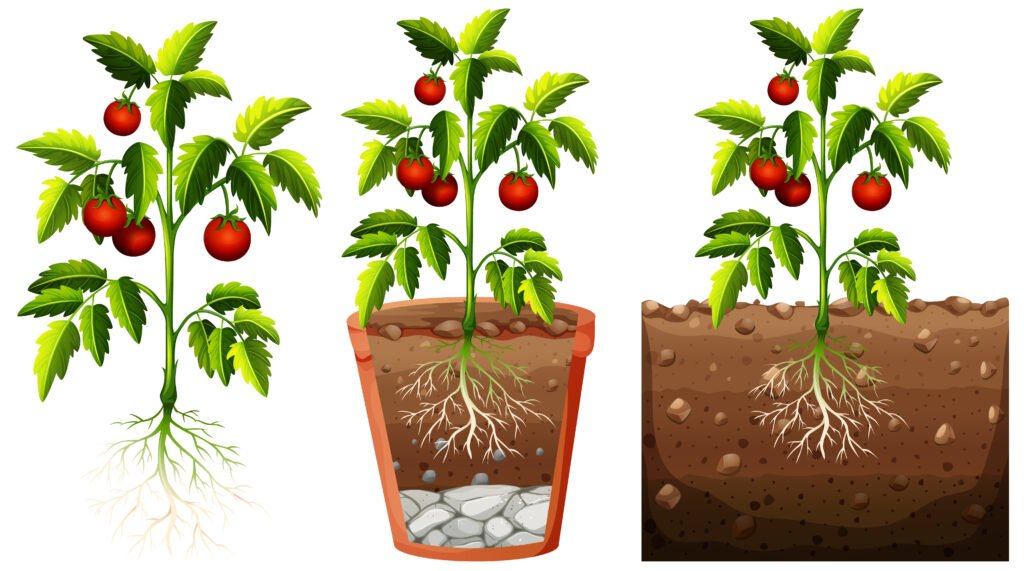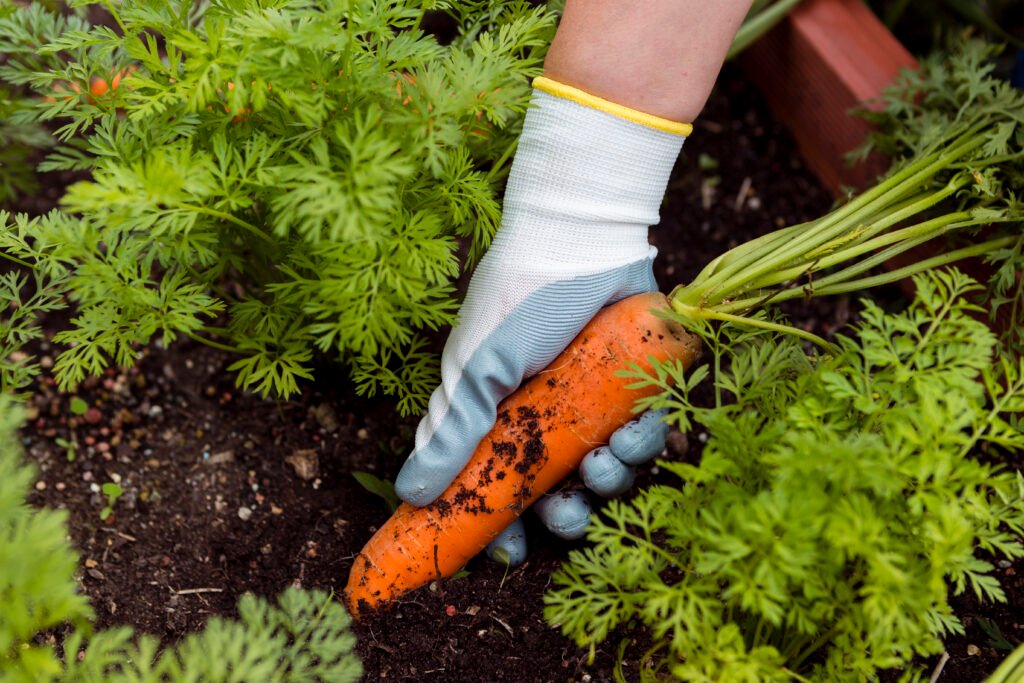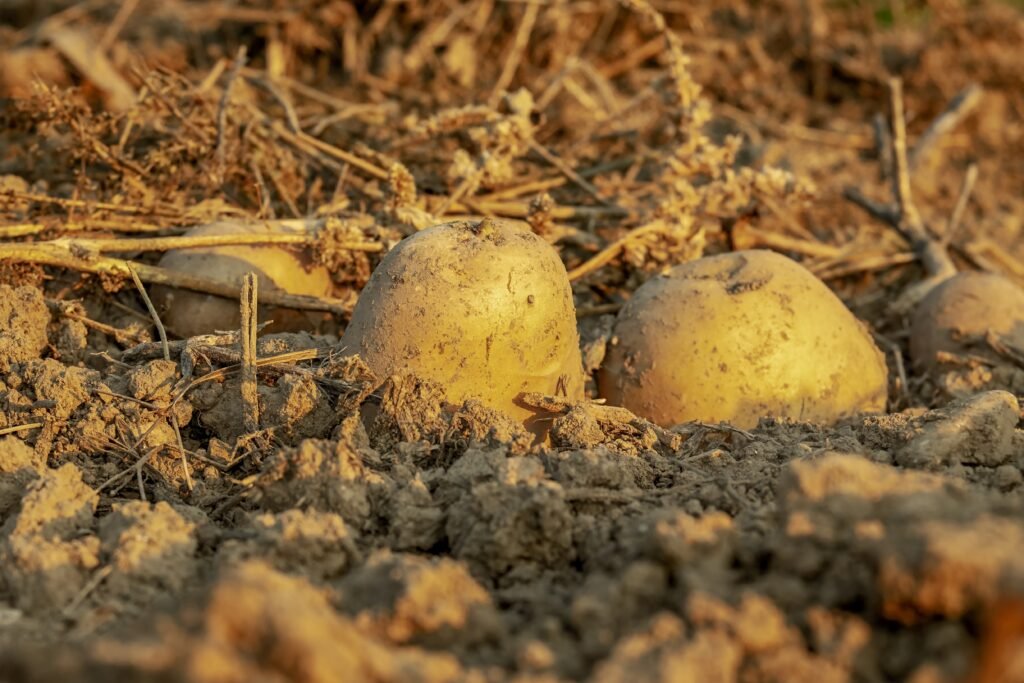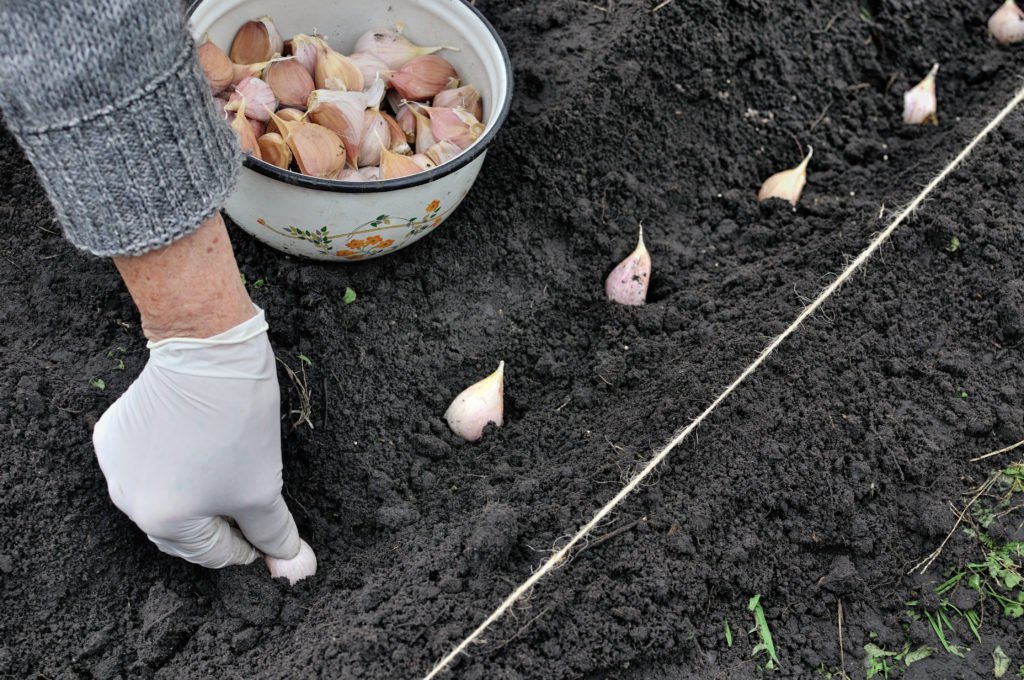How to Grow & Care Tomato Plants for Beginners: Easy Tips!
To grow tomato plants for beginners, choose a sunny spot, plant in well-draining soil, water regularly, and support the plants as they grow. When starting, select a variety suited to your climate and provide adequate space for growth.
Understanding the basics of tomato care will set you up for a successful growing season. With a little knowledge and attention to detail, you can enjoy a bountiful harvest of delicious homegrown tomatoes. Whether you’re a gardening novice or seeking to enhance your expertise, cultivating tomatoes promises a fulfilling and pleasurable journey
Follow these simple steps to cultivate healthy tomato plants and reap the rewards of your efforts.
Getting Started With Tomato Gardening
If you’re new to gardening and want to grow your own tomatoes, you’re in the right place. Tomatoes are one of the easiest and most rewarding crops to grow, especially for beginners. With a little bit of knowledge and some basic equipment, you can grow healthy and delicious tomatoes right in your backyard.
Selecting The Right Tomato Varieties
Before you start planting your tomatoes, it’s important to choose the right variety for your garden. There are hundreds of different tomato varieties to choose from, each with its own unique characteristics. Some are better suited for growing in containers, while others are more suitable for outdoor gardens.
When choosing a variety, consider your climate, available space, and desired taste. If you live in a hot and humid climate, for example, you may want to choose a variety that is resistant to heat and disease. If you have limited space, you may want to choose a determinate variety that grows in a compact bush rather than a sprawling vine.
Understanding The Basics Of Tomato Plant Biology
Tomatoes are part of the nightshade family and are native to South America. They are warm-season plants that require a long growing season and plenty of sunlight. They grow best in well-draining soil that is rich in organic matter and nutrients.
Tomato plants produce two types of stems: vegetative and reproductive. Vegetative stems produce leaves and support the plant’s growth, while reproductive stems produce flowers and fruit. To encourage fruit production, it’s important to prune your plants regularly and provide them with adequate support, such as cages or stakes.
Tomatoes are self-pollinating, meaning they don’t require bees or other pollinators to produce fruit. However, they do benefit from gentle shaking or tapping to release pollen from the flowers.
In Conclusion
By selecting the right tomato varieties and understanding the basics of tomato plant biology, you can grow healthy and delicious tomatoes right in your backyard. With a little bit of patience and care, you’ll be able to enjoy a bountiful harvest of fresh, juicy tomatoes all summer long.
Essential Supplies For Tomato Plants
When it comes to growing tomato plants, having the right supplies is essential for success. Whether you are a beginner or an experienced gardener, having the proper tools and equipment will ensure your tomato plants thrive. In this section, we will discuss the essential supplies needed for tomato planting, including choosing the proper soil mix and the tools and equipment required.
Choosing The Proper Soil Mix
One of the most important factors in tomato planting is choosing the right soil mix. Tomatoes thrive best in soil that drains effectively, enriched with ample organic nutrients. Here are a few options for soil mixes:
Commercial potting mix: This pre-made mix is widely available and provides a good balance of drainage and nutrients.
Garden soil with compost: Mixing garden soil with compost will improve drainage and add essential nutrients.
DIY soil mix: You can create your own soil mix by combining equal parts of peat moss, perlite, and compost.
Tools And Equipment Needed
Having the right tools and equipment will make tomato planting easier and more efficient. Here are the essential items you will need:
Tool/Equipment | Purpose |
|---|---|
Garden gloves | Safeguard your hands during gardening activities |
Trowel | Used for digging small holes for planting tomato seedlings. |
Garden fork | Loosens soil and removes weeds. |
Pruning shears | Used to trim and prune tomato plants for optimal growth. |
Stakes or cages | Supports tomato plants as they grow, preventing them from falling over. |
Watering can or hose | Provides water to keep tomato plants hydrated. |
Mulch | Aids in soil moisture retention and inhibits the proliferation of weeds |
By having these essential supplies for tomato planting, you will be well-equipped to start your own tomato garden. Remember to choose the proper soil mix and have the necessary tools and equipment to ensure your tomato plants grow strong and healthy.
Planting Your Tomato Seeds
Planting tomato seeds is the first step towards a bountiful harvest of juicy, flavorful tomatoes. Whether you’re a beginner gardener or a seasoned pro, knowing the right techniques for planting your tomato seeds will set the stage for a successful growing season. In this guide, we’ll explore the best practices for planting tomato seeds, covering everything from sowing indoors versus outdoors to the essential steps for getting your seeds off to a strong start.
Sowing Seeds Indoors Vs. Outdoors
When it comes to planting tomato seeds, you have the option of sowing them indoors or outdoors, each with its own set of advantages. Sowing seeds indoors allows for better control over the growing environment, while outdoor sowing takes advantage of natural sunlight. Consider your local climate and growing conditions to determine the best approach for your tomato plants.
Steps For Planting Tomato Seeds
Choose the Right Container: Select a seed-starting tray or small pots with drainage holes to sow your tomato seeds.
Prepare the Seed-Starting Mix: Use a well-draining, sterile seed-starting mix to provide a healthy growing medium for your tomato seeds.
Plant the Seeds: Sow the tomato seeds at a depth of 1/4 inch in the seed-starting mix, and gently water the soil to keep it evenly moist.
Provide Adequate Light and Warmth: Place the seed trays or pots in a warm, sunny location or under grow lights to encourage germination.
Maintain Moisture Levels: Keep the soil consistently moist but not waterlogged to support healthy seedling growth.
Transplant Seedlings: Once the seedlings have developed several sets of true leaves, they can be transplanted into larger containers or outdoor garden beds.

Caring For Your Tomato Seedlings
Once you have successfully planted your tomato seeds and they have germinated into seedlings, it is crucial to provide proper care to ensure their healthy growth. Proper watering, feeding, and providing adequate light and warmth are essential for the optimal development of your tomato plants.
Watering And Feeding Guidelines
Watering your tomato seedlings correctly is vital to prevent both overwatering and underwatering. Maintaining a balance is key. Here are some watering and feeding guidelines to keep in mind:
Water your tomato seedlings consistently, keeping the soil moist but not waterlogged.
Maintain soil hydration by periodically gauging moisture levels with a finger dipped one inch below the surface; dryness signals the need for watering.
Prevent fungal diseases by opting for targeted soil watering at the plant’s base, bypassing overhead watering methods.
Use a watering can or a gentle spray nozzle to ensure a controlled flow of water.
When it comes to feeding your tomato seedlings, it is essential to provide them with the necessary nutrients for healthy growth.
Start fertilizing your seedlings with a balanced organic fertilizer once they have developed their first true leaves.
Refer to the fertilizer packaging for the appropriate dosage and application instructions.
Think about using a slow-release fertilizer to ensure a consistent supply of nutrients over an extended period.
Monitor your tomato plants for any signs of nutrient deficiencies, such as yellowing leaves or stunted growth, and adjust your feeding accordingly.
Providing Adequate Light And Warmth
Tomato seedlings require sufficient light and warmth to thrive. Here are some tips to ensure they receive the right conditions:
Place your tomato seedlings in a location that receives at least 6-8 hours of direct sunlight every day.
If you are growing your seedlings indoors, consider using fluorescent grow lights or LED lights specifically designed for plants.
Position the lights about 4-6 inches above the seedlings to provide adequate intensity.
Monitor the temperature around your tomato seedlings to ensure they are kept within the ideal range of 65-85°F (18-29°C).
Keep your seedlings away from cold drafts and sudden temperature changes.
Consider using a heating mat or propagator to provide consistent warmth if necessary.
By following these watering and feeding guidelines, as well as providing adequate light and warmth, you will set your tomato seedlings up for success and ensure their healthy development into fruitful plants.
Transplanting Tomato Seedlings
Transplanting tomato seedlings is a crucial step in the process of growing healthy and productive tomato plants. This is the stage when the young plants are moved from their initial containers to larger ones, providing them with the space and nutrients they need to thrive. Proper timing and technique are essential to ensure the success of the transplant and the future growth of the plants. (Potato Plant)
When And How To Transplant
Transplanting tomato seedlings should be done when they have developed their first set of true leaves, usually when they are 6-8 inches tall. Select a sunny day for transplanting, preferably in the late afternoon or early evening to minimize stress on the plants. Begin by preparing the planting holes in the garden bed or larger containers, ensuring that the soil is well-draining and enriched with organic matter.
Hardening Off Seedlings Before Transplanting
Before transplanting, it’s important to harden off the seedlings to acclimate them to outdoor conditions. Approximately two weeks before the planned transplanting date, start by placing the seedlings outdoors in a sheltered location for a few hours each day, gradually increasing the exposure to sunlight and outdoor elements. This process helps the seedlings adjust to the outdoor environment, reducing the risk of shock when they are eventually transplanted.
Maintaining Healthy Tomato Plants
For beginners, growing healthy tomato plants involves providing ample sunlight, consistent watering, and proper support for vines. Regularly pruning to encourage growth and prevent diseases is essential. Additionally, using organic fertilizers and mulching can help maintain soil moisture and boost plant health.
Maintaining Healthy Tomato Plants Regular Watering and Mulching Water tomato plants consistently to avoid drought stress. Apply mulch around your plants to preserve moisture and prevent weed growth. Staking and Supporting Tomato Plants Use stakes or cages for support as plants grow taller. Tie plants gently to stakes to prevent bending or breaking.
Pest And Disease Management
For beginner tomato growers, effective pest and disease management is crucial for successful plant growth. Implementing regular inspection, proper watering, and maintaining good air circulation can help prevent common issues such as aphids, blight, and blossom end rot. Additionally, using organic pest control methods and choosing disease-resistant tomato varieties can contribute to a healthy and thriving crop.
Common Tomato Pests and How to Deal with Them – Aphids: Use insecticidal soap or neem oil to control them. – Hornworms: Handpick and destroy, or introduce natural predators like ladybugs. – Whiteflies: Use yellow sticky traps or apply neem oil spray. Preventing and Treating Tomato Diseases – Early Blight: Remove infected leaves, apply copper fungicide preventatively. – Late Blight: Improve air circulation, avoid overhead watering. – Fusarium Wilt: Plant resistant varieties, practice crop rotation. Remember, early detection and prompt action are key to successful pest and disease management.
Harvesting And Enjoying Your Tomatoes
Harvesting and enjoying your tomatoes is a rewarding experience for beginner gardeners. From picking the ripe fruits to savoring them in delicious dishes, here’s how you can make the most of your tomato harvest:
Knowing When Tomatoes Are Ready To Pick
To ensure the best flavor, harvest tomatoes when they are fully ripe and have a deep color.
Storing And Preserving Your Tomato Harvest
Store tomatoes at room temperature, away from direct sunlight, to maintain their freshness and flavor.
Preserve your tomato harvest by canning, freezing, or drying them for future use in recipes.
Frequently Asked Questions
How Do I Choose The Right Tomato Variety For My Garden?
You should consider factors such as climate, space, and taste preferences. Determinate varieties are suitable for containers, while indeterminate ones require more space.
When Is The Best Time To Plant Tomato Seeds Or Seedlings?
Begin seeds indoors 6-8 weeks prior to the last expected frost. Move the seedlings outside once the risk of frost is over.
What Are The Common Tomato Plant Pests And How Can I Control Them?
Aphids, hornworms, and whiteflies are common pests. Use natural predators like ladybugs and lacewings, or organic insecticidal soap to control infestations.
How Much Sunlight Do Tomato Plants Need To Thrive?
Tomatoes thrive in full sunlight, requiring at least 6-8 hours of direct sunlight daily for optimal growth and fruit production.
Conclusion
Growing tomato plants for beginners may seem daunting at first, but with the right knowledge and tools, it can be a rewarding experience. Remember to choose the right variety for your location, provide adequate sunlight and water, fertilize properly, and watch out for pests and diseases.
With dedication and attention, you will soon reap the rewards of your efforts. Happy gardening!






